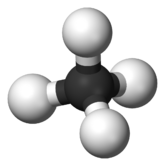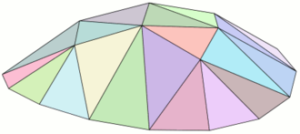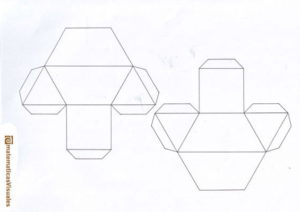2-Piece Pyramid, 4-piece Pyramid
Tasks
|
||||||
MathsThe 2-piece pyramid is made from two identical pieces. Since a tetrahedron only has triangular faces, the square faces of the 2-piece pyramid have to vanish. This can be achieved by putting the square faces together. In other words, the square is hidden inside the tetrahedron. In fact, it is a cross-section of the tetrahedron. The four edges of the square lie on each of the four faces of the tetrahedron. |
||||||
HistoryThe tetrahedron is called a Platonic solid. These solids have identical regular polygon faces, (such as triangles, squares and pentagons), and the same number of faces at each corner. There are only five Platonic solids, the tetrahedron, cube, octahedron, icosahedron and dodecahedron. They are named after the ancient Greek philosopher Plato, who associated these solids with the classical elements of fire, earth, air, water and a fifth element called “quintessence”. |
||||||
People
|
||||||
ApplicationsThe tetrahedron shape can be often found in chemistry when looking at the shape of molecules. For example, methane is a central carbon atom surrounded by four hydrogen atoms. The hydrogen atoms repel each other and want to be as far apart as possible, so form a tetrahedron shape. |
||||||
Maths at HomeMake the 2-piece puzzle at home by printing this net onto thin card. Cut out the two shapes and glue the tabs to make the 2-pieces. |

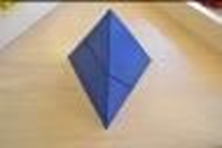
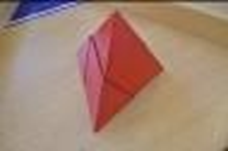
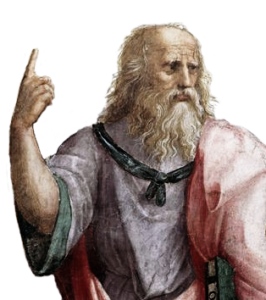 Plato c. 428BC-348BC
Plato c. 428BC-348BC